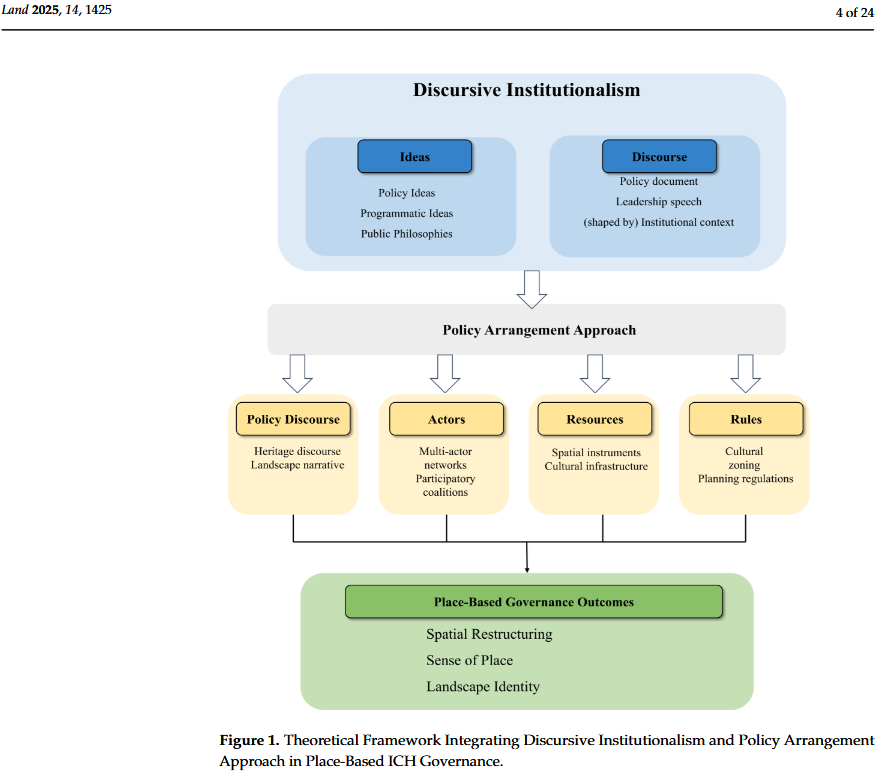Analyzing Peer-Reviewed Scholarly Articles In The Face of Intentional Repression
J2RRINC.org | J2RRINC.com | PLAN VIABILITY | HYBRID NONPROFIT (NPO) CORPORATION | Disaster Mitigation-Ecological Conservation & Historical Preservation
THIS VIDEO ACADEMICALLY PROVES EVERYONE’S INSANITY OVER MY INSURANCE CLAIMS FOR ALL POLICE WORLDWIDE!
Plus, planted car bombs originating on MAUI against JIM FALK MOTORS of MAUI & CLINTON, MO! J2 Rescue & Rehab, Inc. (aka J2RRINC.com) (aka https://j2rrinc.org) is a tax-exempt 501(c)(3) nonprofit public charity, yes, but with a twist as a corporation to foster operational growth and variety. Hybrid Nonprofits are the most complicated to navigate and then there's registrations and reporting I'm still trying to find the right way to manage that piece alone from an automated sense. My plan is to provide grants and scholarships to aspiring social entrepreneurs (like myself) one day so more people can operate on their own terms not married to a hampster wheel kind of life. No one likes sitting in traffic!
https://doi.org/10.3390/land14071425 (Li, Wu, & Du, 2025, p. 4, Figure 1)
Appe and Telch (2019) applied comparative interpretive policy analysis to three (3) specific low-income countries - Haiti, South Sudan (Africa), and Nepal regarding the influx in nonprofit (NPO) entity formations and the differences between international non-governmental organizations (INGO) and GINGOs (grassroots INGO) by combining interpretive policy analysis (IPA) with comparative public policy to decipher systemic guidelines effectiveness. Motivated by ending corruption hindering growth of all three (3) regions, the authors sought an in-depth, pragmatic, calculable explanation behind aid provided by (or lack thereof) INGOs and their subset GINGO entities facing varying restrictions/obstacles imposed by local governments while claiming corruption. With bias not easily identifiable, potential selection, interviewer, and recall bias may be present depending upon underlying motives surrounding direct disregard, revealing the actual value of those countries (as per more research conducted). Conversely, accountability during aid dissemination for recovery efforts of natural disasters is in question because locals know outsiders seek natural resources in the aftermath with different motives: professional versus personal or a combination of both? The message throughout the article is why INGOs are not keeping their promises.
For example, the American Red Cross received funding for Haiti and left Haitians untrained to care for the injured from the 2010 earthquake (killing 200,000 and wiping out 90% of structures) and the hurricane of 2017 (Appe & Telch, 2019, pp. 37–40). What were their true motives? After further research, all three (3) countries are dense with difficult-to-access, highly valuable resources (e.g., diamonds, gold, silver, copper, iridium, cobalt, rubies, and rare sapphires) located for the benefit, not detriment, to rebuild each economy (Department of Mines & Geology, 2024; Formier, n.d.; Nurse, 2024; Smith et al., 1997). Culturally, each local government, naturally strained, is over “perceived” natural disasters and why external entities have faced extensive backlash. Finally, authorities want accountability and reliability based on their legalities (not changed) - further devastating their countries while hindering their ability to recover.
See Figure 1 above for “POLICY DISCOURSE” is the CAUSE, aka PAPER THROWING!
REFERENCES
Appe, S., & Telch, F. (2019). Grassroots international NGOs: Using comparative interpretive policy analysis to understand meanings in private development aid . Journal of Comparative Policy Analysis: Research and Practice, 22(1), pp. 30-46. https://doi.org/10.1080/13876988.2019.1582885
Department of Mines & Geology. (2024, October 17). Mineral Resources. Government of Nepal. https://dmgnepal.gov.np/en/pages/mineral-resources-4527#:~:text=The%20history%20of%20mining%20and,in%20Nepal%20since%20prehistoric%20times
Formier, A. (n.d.). The Bond Between Diamonds and Volcanoes. Volcano Active Foundation. https://volcanofoundation.org/the-bond-between-diamonds-and-volcanoes/
Li, J., Wu, X., & Du, Y. (2025). Reframing Cultural Heritage Policy Through Place-Based Perspectives: The Evolution of China’s ICH Governance Amid Historical Continuity and Global Convergence. Land, 14(7), 1425. https://doi.org/10.3390/land14071425
Nurse, A. (2024, January 29). Rare Minerals in Haiti, DR Congo and South Africa Support World’s Economy. Indigenous Network. https://www.indigenousnetwork.org/post/rare-minerals-in-haiti-dr-congo-and-south-africa-support-worlds-economy
Smith, C. P., Gublein, E. J., Bassett, A. M., & Manandhar, M. N. (1997). Rubies and Fancy-Color Sapphires from Nepal. Gems & Gemology. https://www.gia.edu/doc/Rubies-and-Fancy-Color-Sapphires-from-Nepal.pdf


